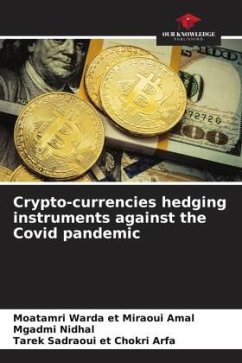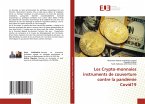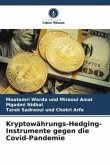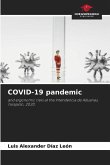Money as an instrument of economic policy is a relatively recent function, dating only to the beginning of the twentieth century. Currency is a powerful tool in the hands of monetary authorities since it greatly identifies economic activity. The monetary policy aims to serve according to Kaldor (1970) the objectives of economic growth & stabilized prices with a reduction in the unemployment rate and to preserve the external balance, that is to say achieves the four objectives of the magic square.Over time, the nature of goods serving as money has changed and the primary function of goods has often varied, generally deviating from their original purpose. It seems that these goods were chosen. The evolution of the currency depends on several factors such as: the relative importance of trade and the level of development of the economy. Various material goods served as commodity money such as: heads of cattle, jars of wine or oil, etc. These goods have intrinsic values and can be chosen as currency.








